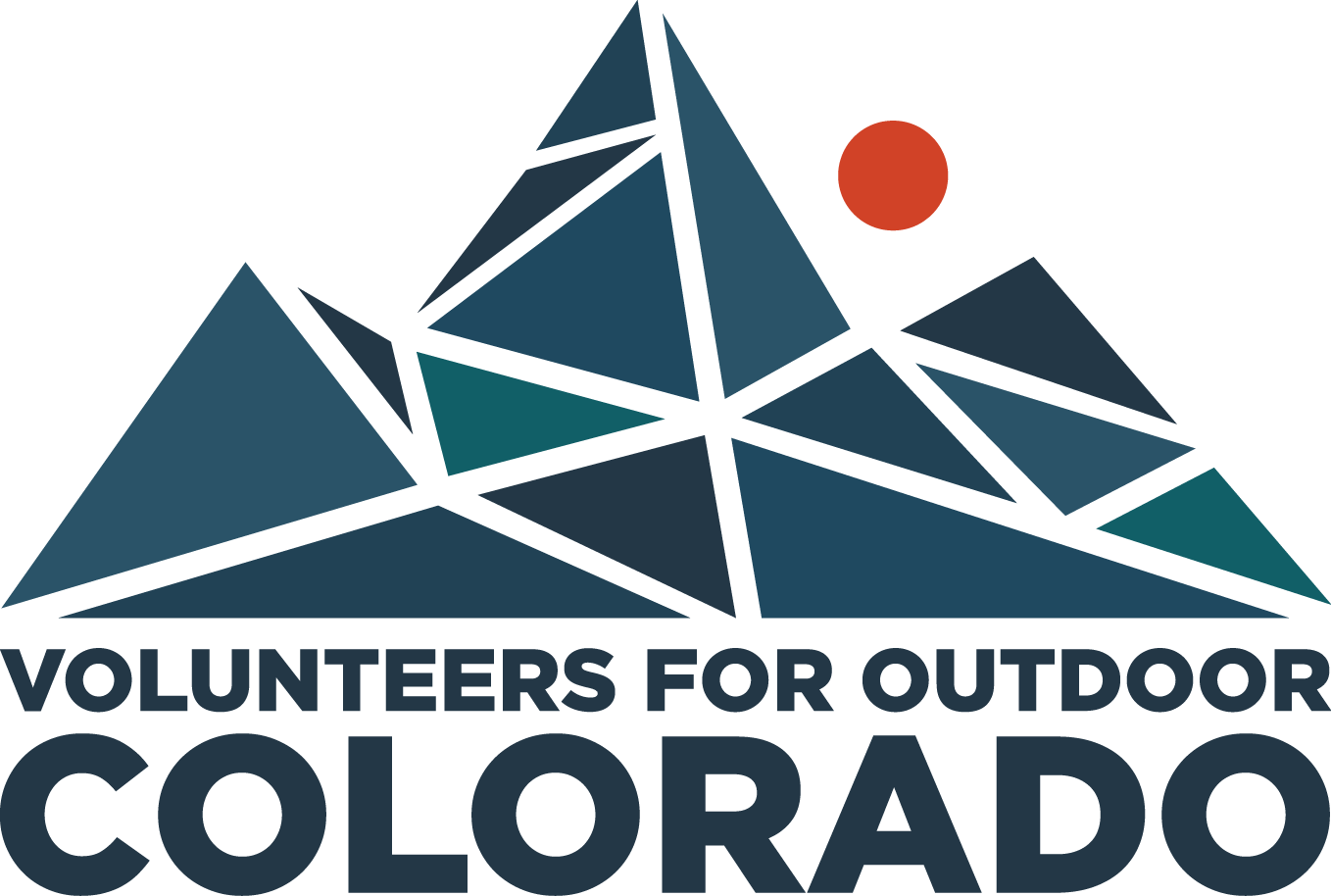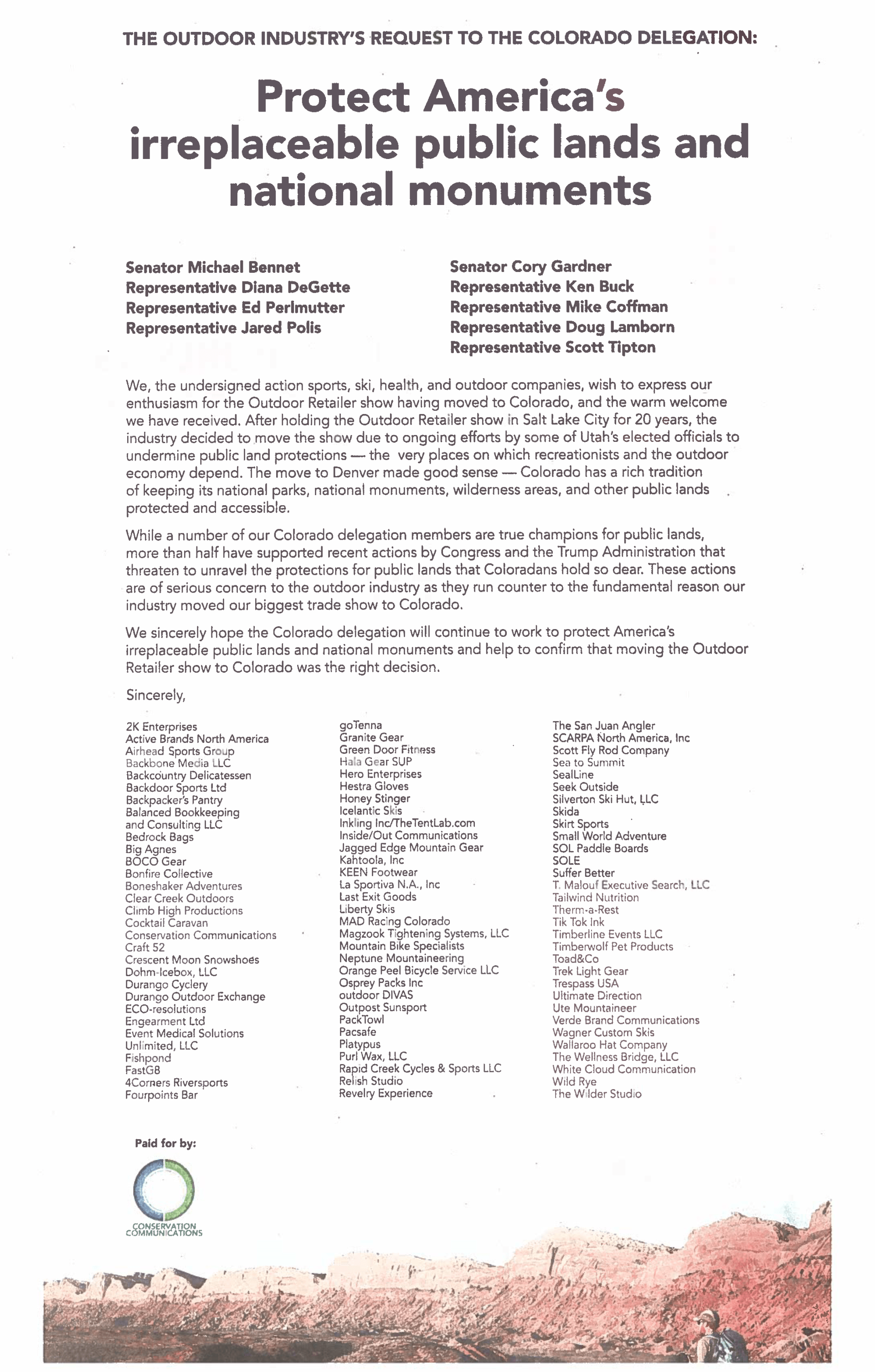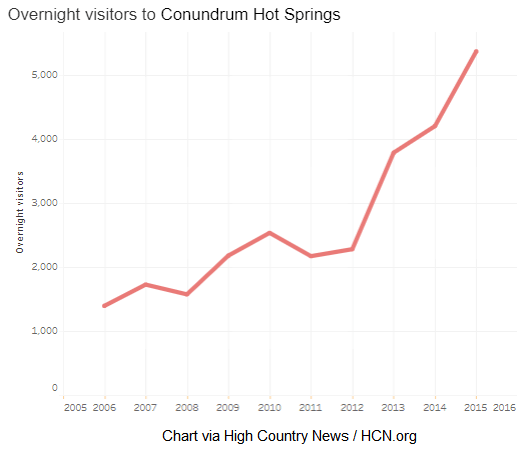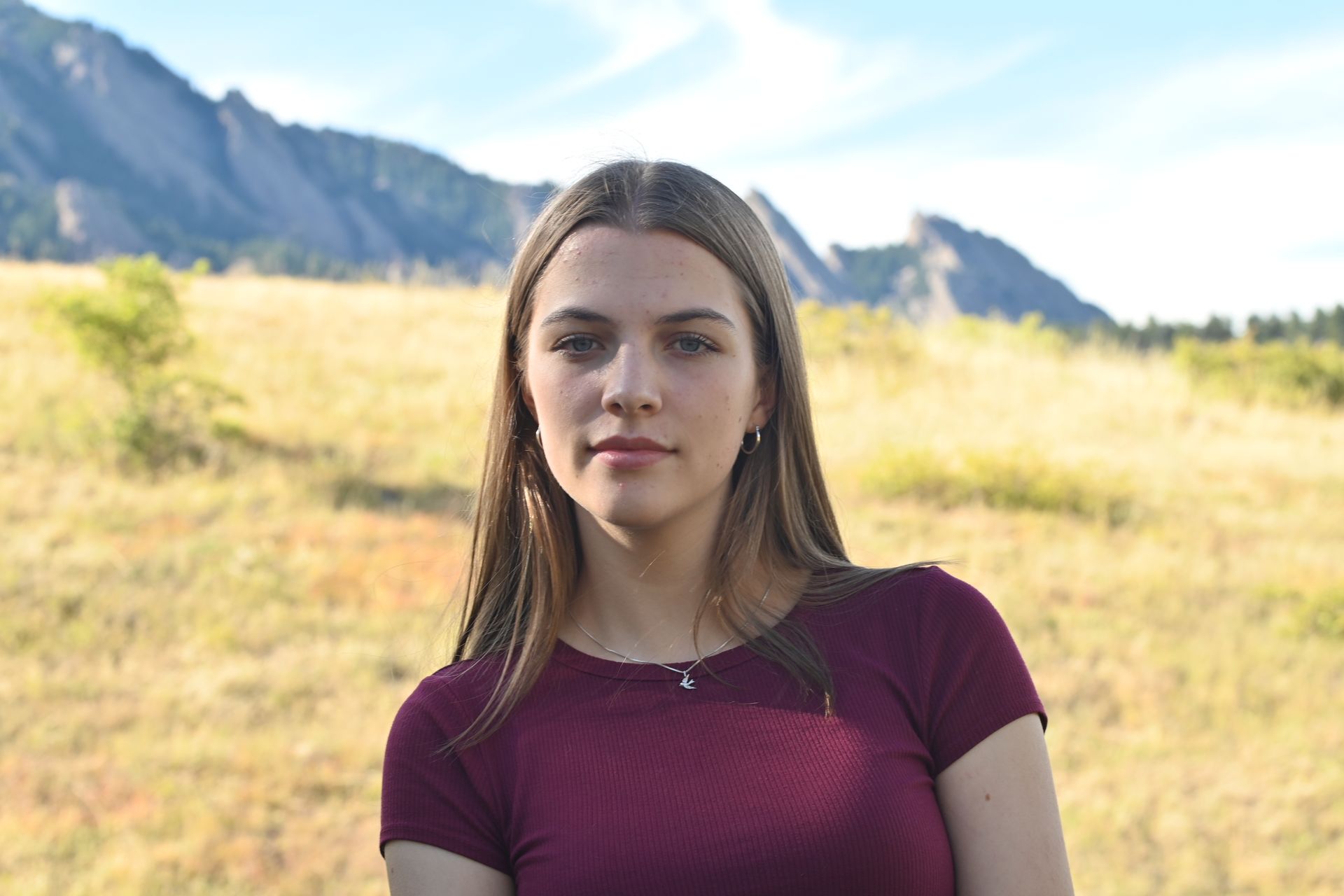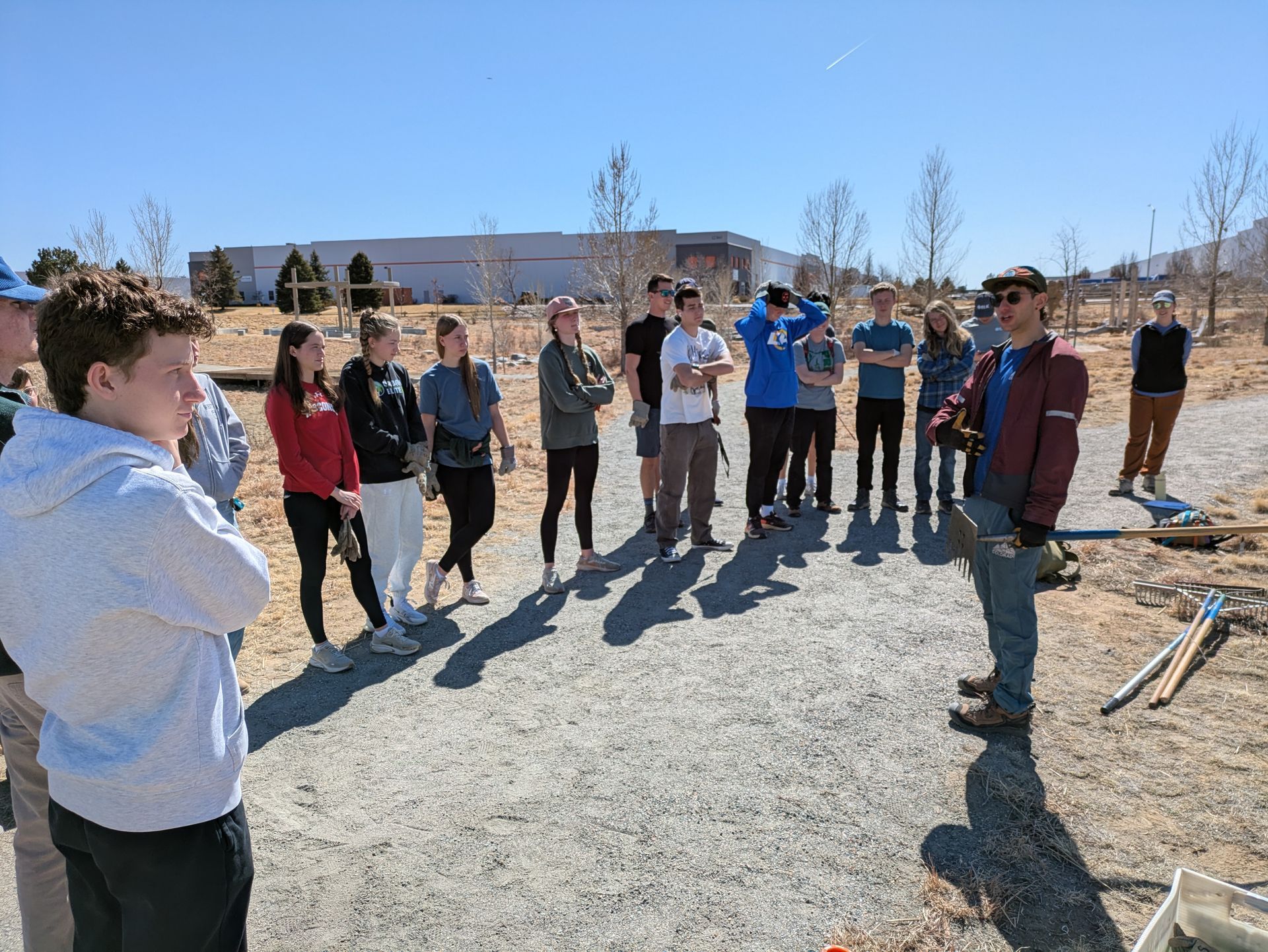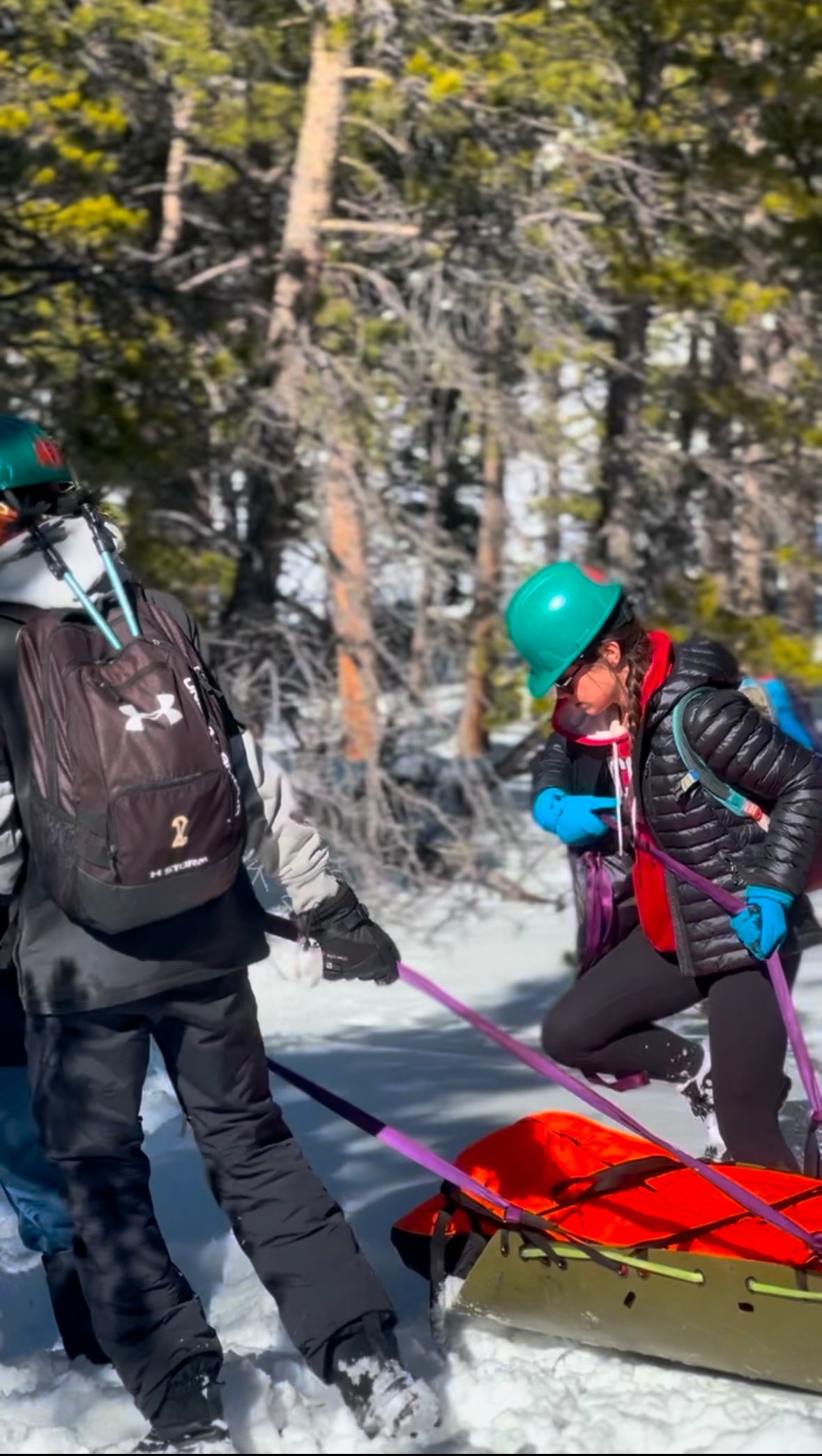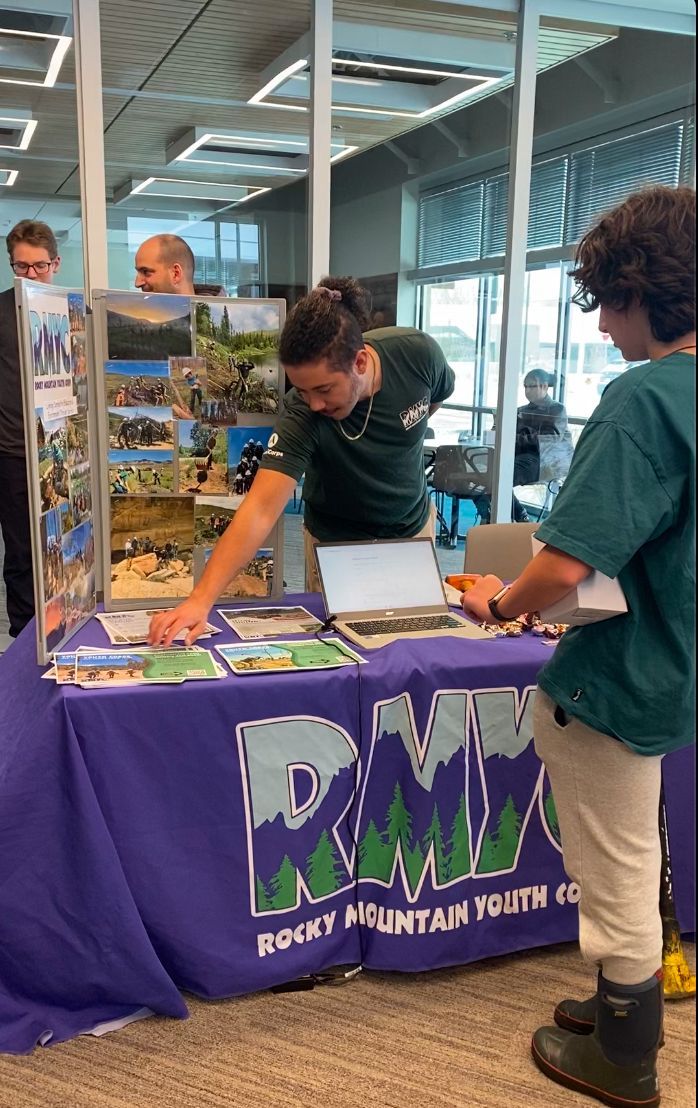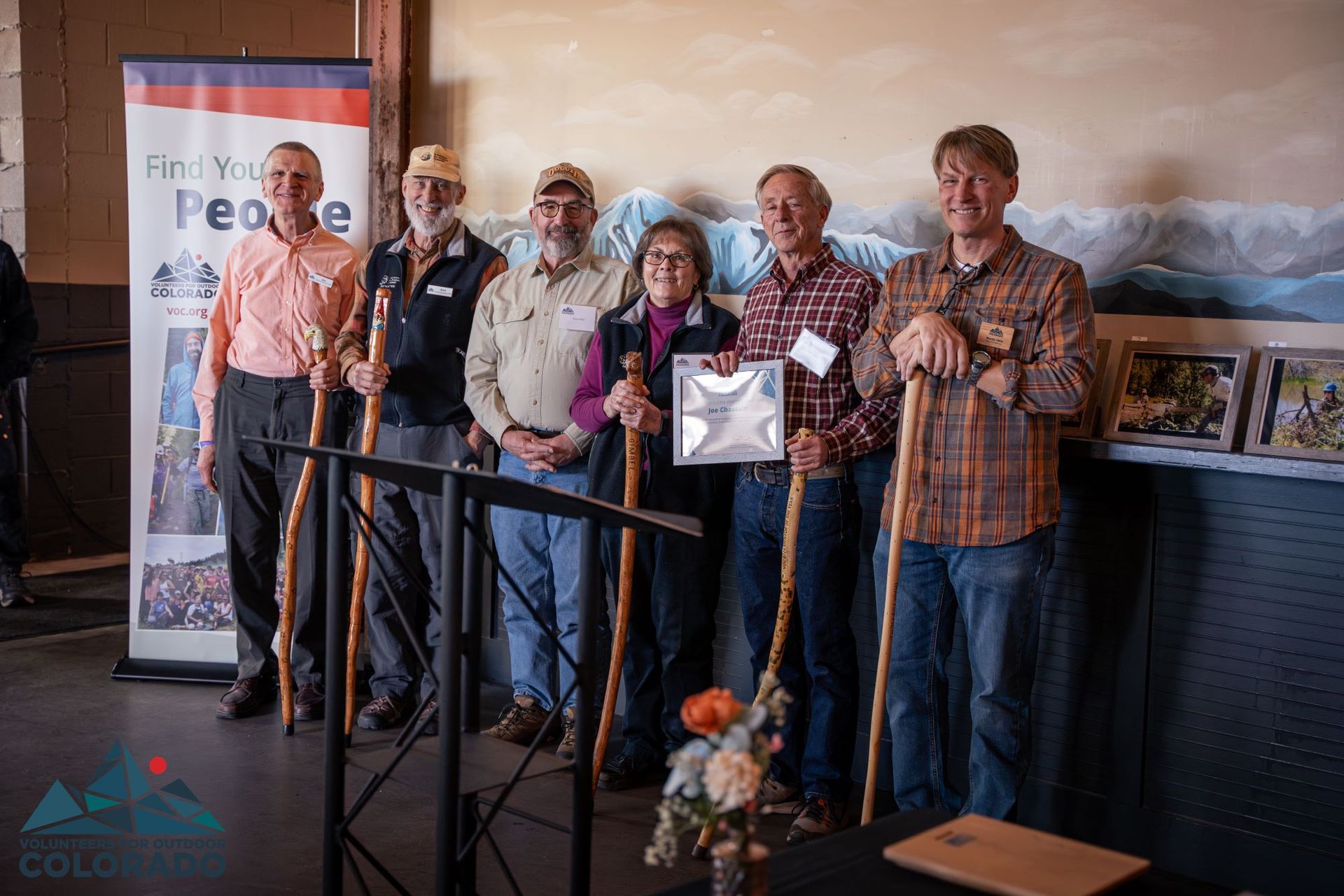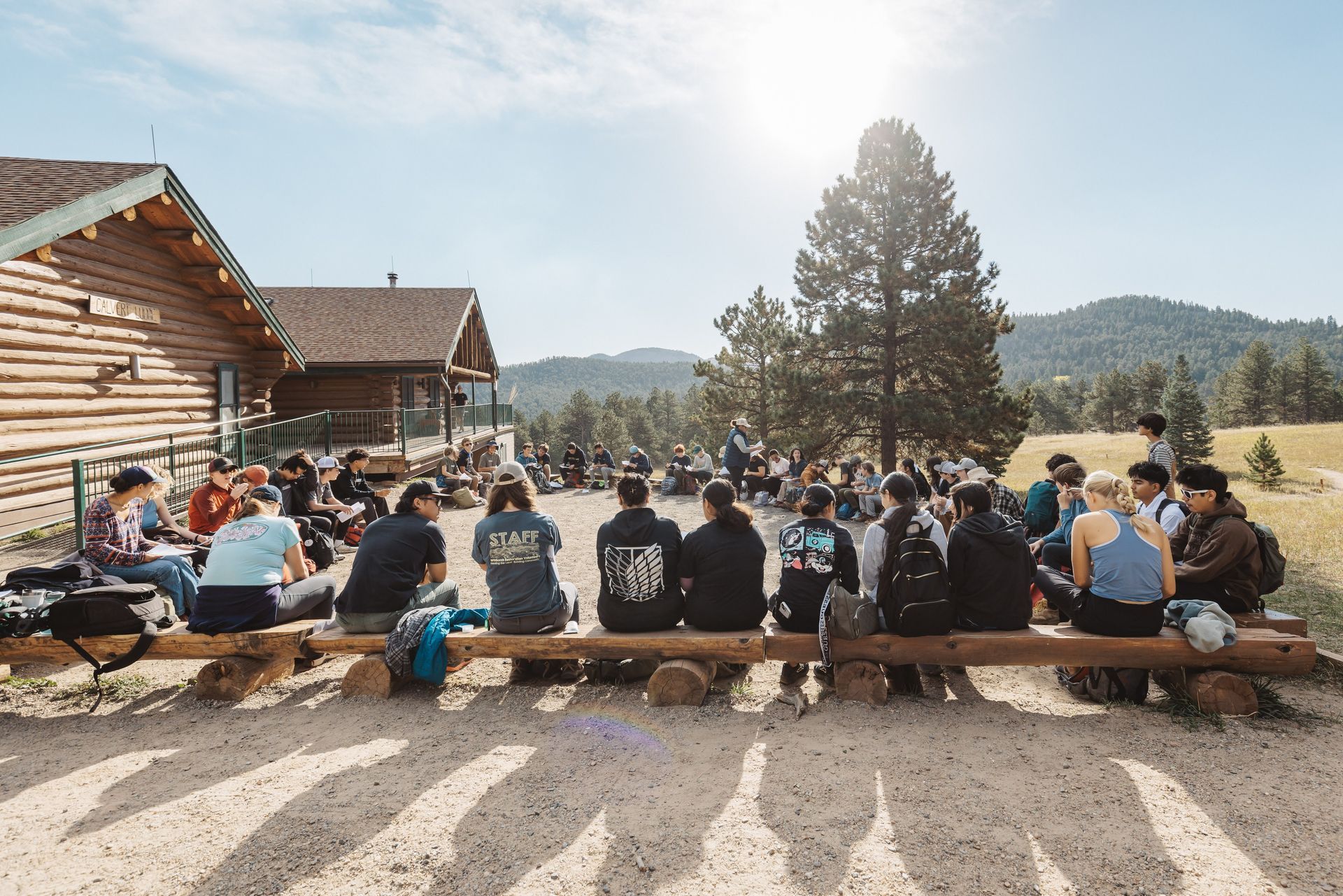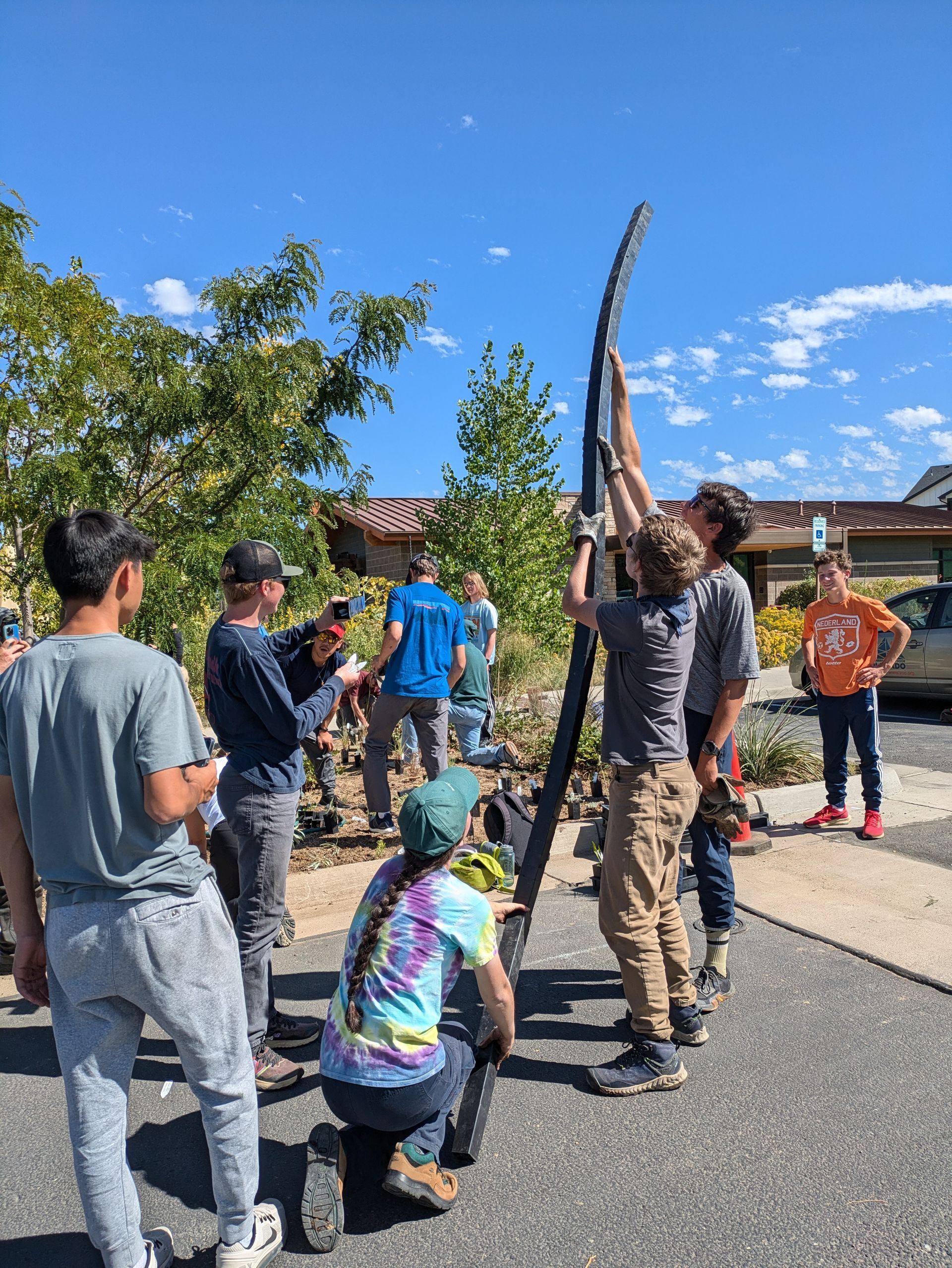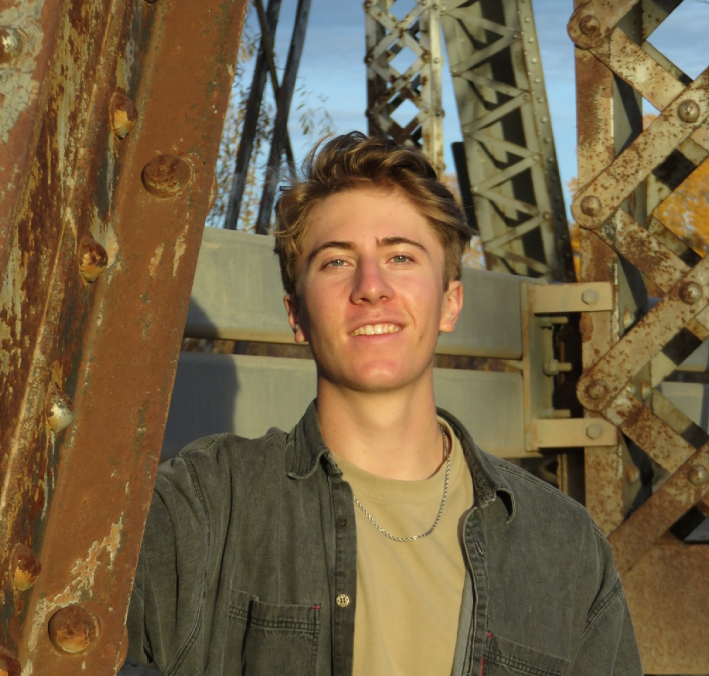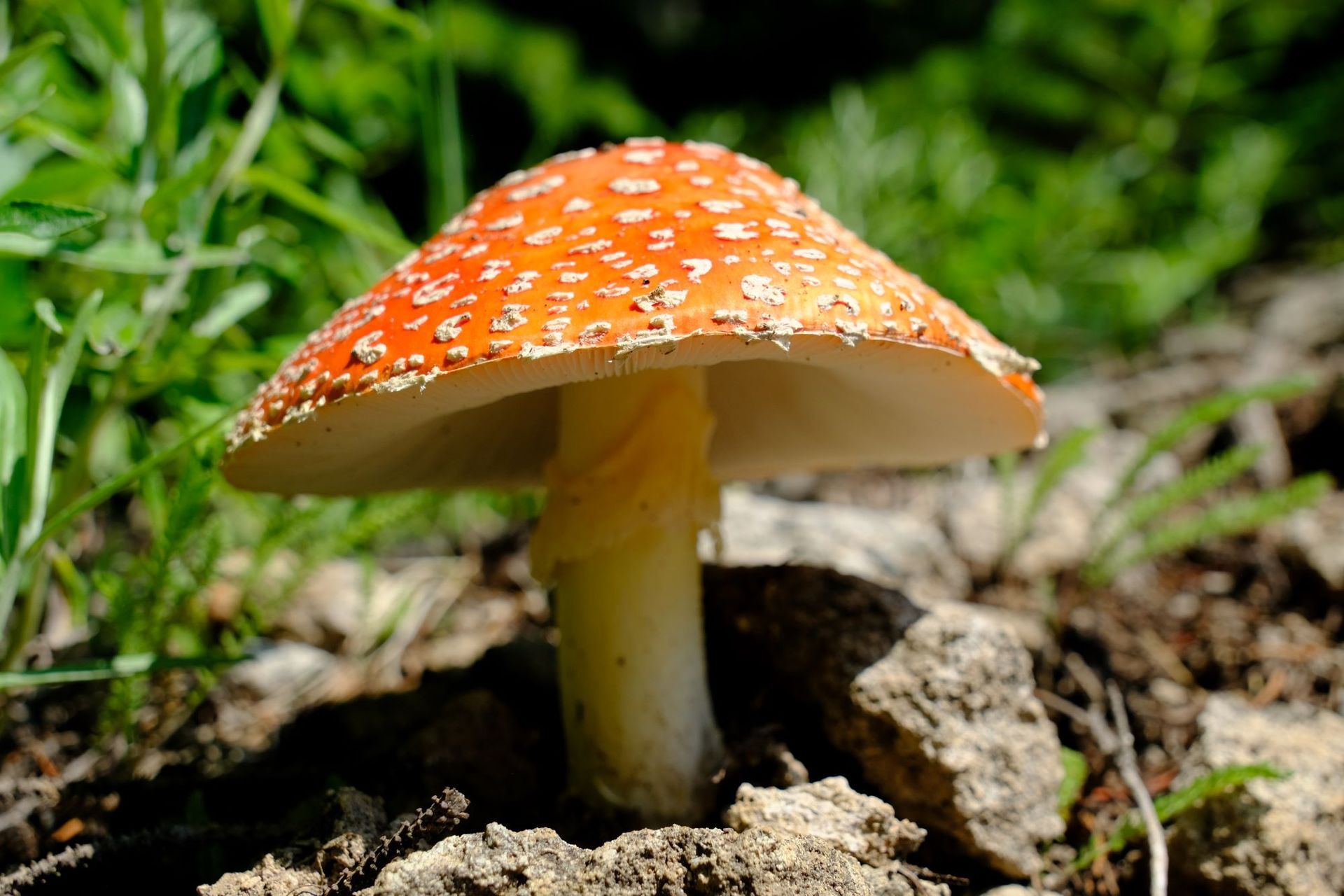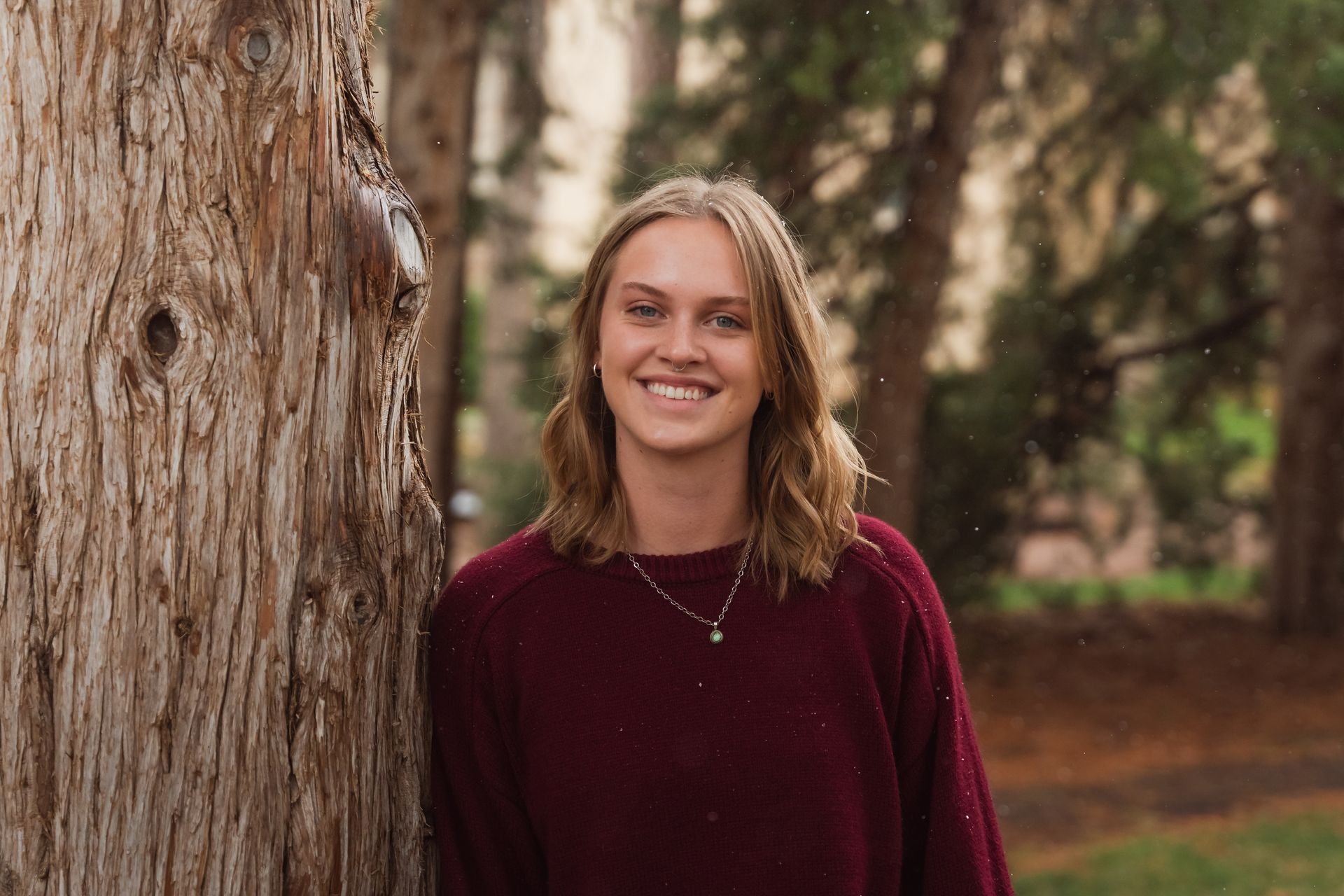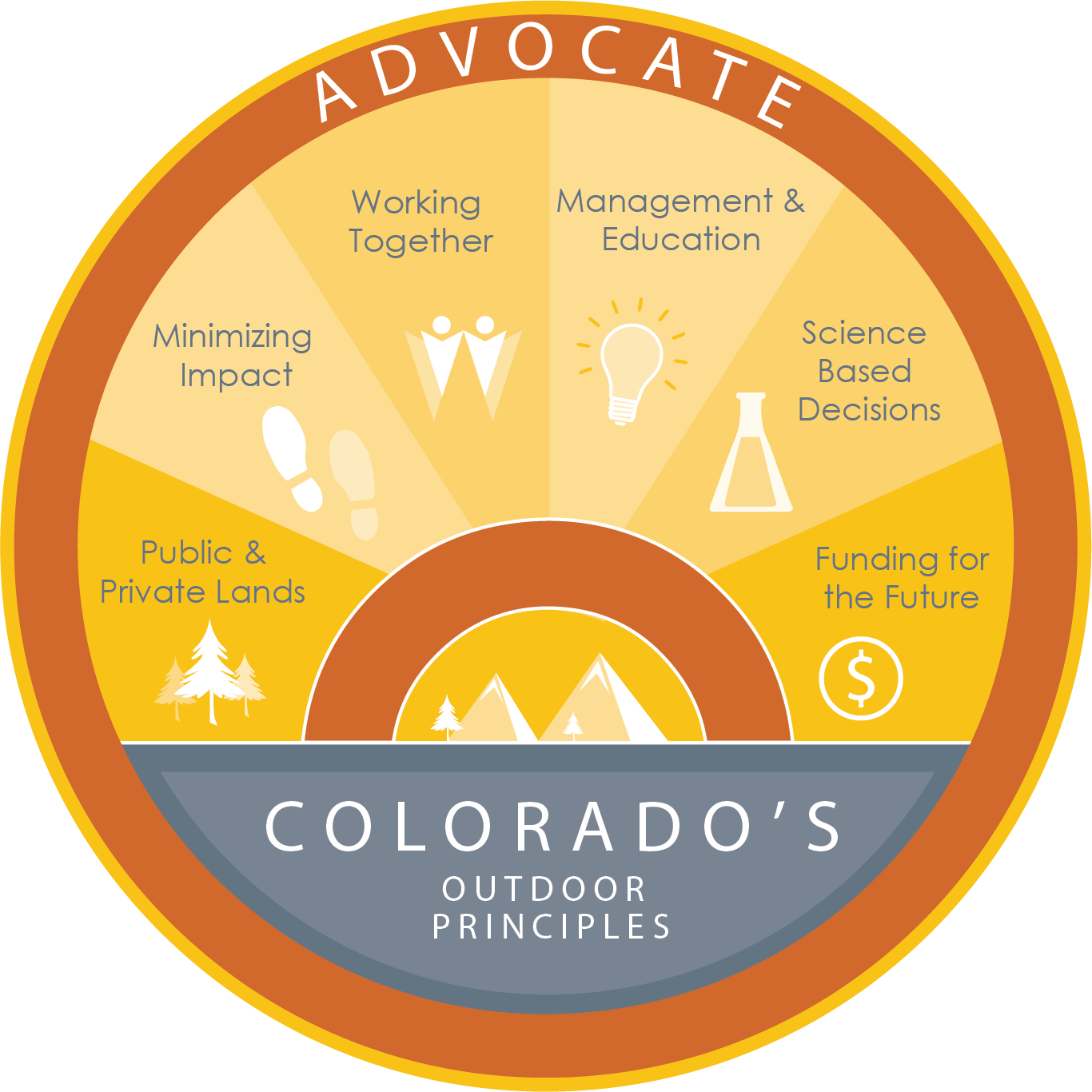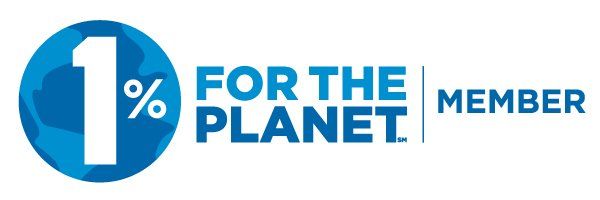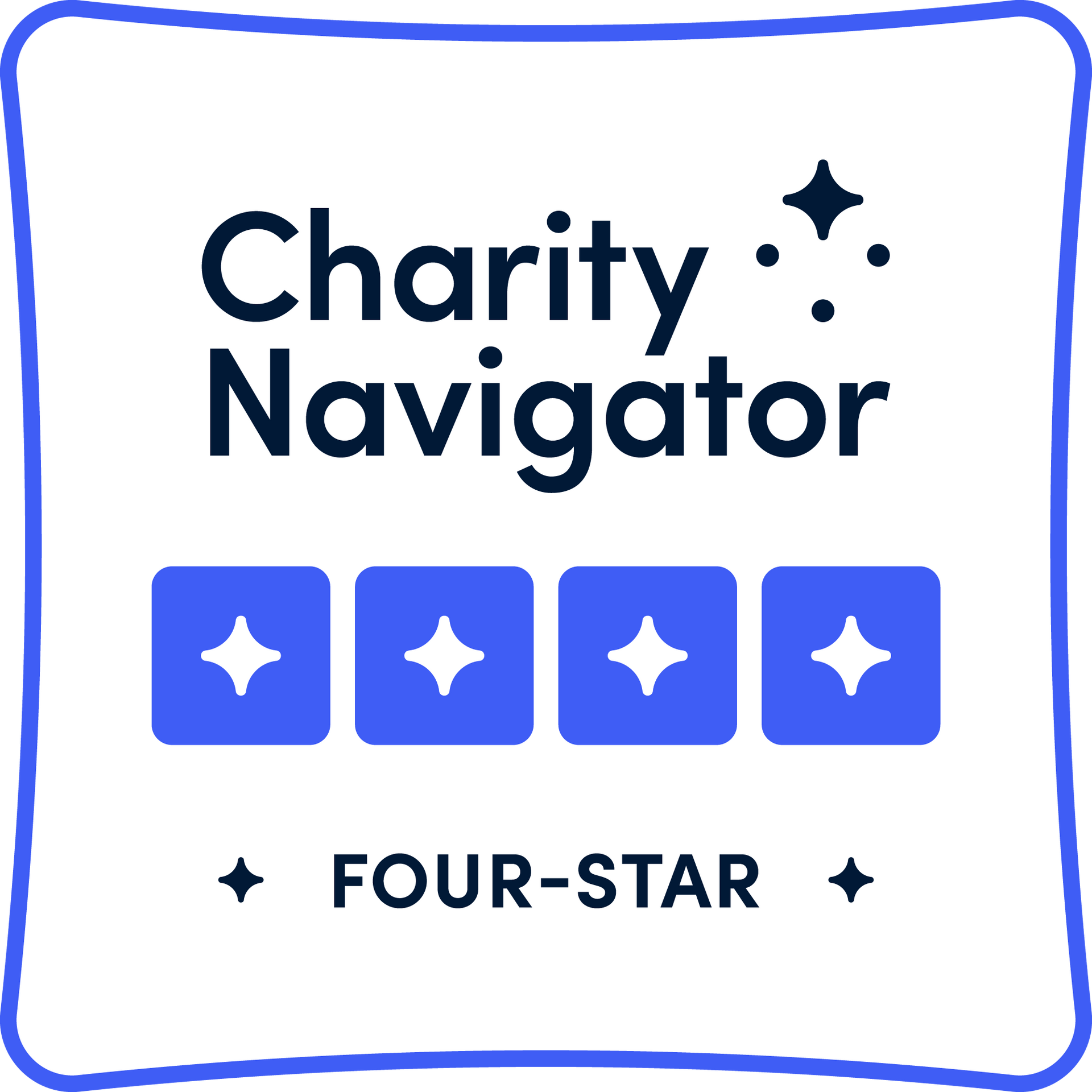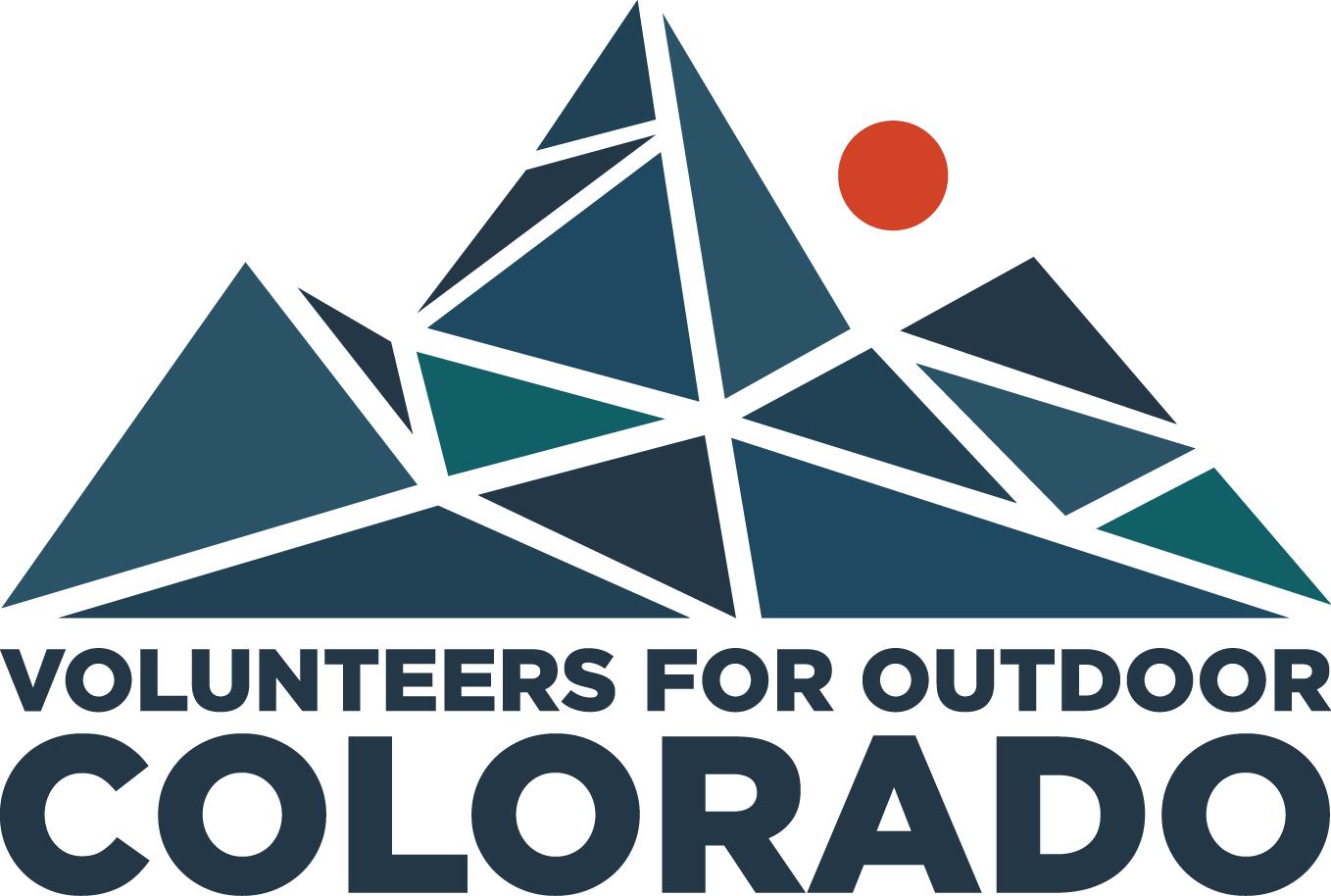In fact, many of these conversations are taking place right here in Colorado as residents, recreationists, and members of the outdoor industry discuss the economic power of outdoor recreation and ways in which our public lands can remain viable among our nation’s most treasured natural resources.
Five states are considering or have already followed the likes of Colorado, Utah and Washington to create Outdoor Recreation Offices aimed at improving recreation opportunities; the Boulder-based Outdoor Industry Association (OIA) recently reported that outdoor recreation contributes $887 billion in consumer spending and creates 7.6 million jobs across the nation; and the move of the Outdoor Retailer tradeshow from Utah to Denver gained national coverage for the message it sent to legislators and the potential to generate millions of dollars in revenue for Colorado.
Throughout this dialogue, we’ve cheered as our trails, parks and wilderness areas have been recognized as cultural and economic forces for our state and our country. Yet something seems to be missing from many of these conversations. And that is, how to balance public access and recreational use with the level of human and financial resources available to ensure these places remain environmentally viable and beautiful for generations to come.
After all, Colorado has witnessed the results of exponential recreational use firsthand: beer bottles and human waste became synonymous with Conundrum Hot Springs; Maroon Bells was compared to Disneyland for its massive crowds; and visits to Hanging Lake grew 51% in two years, along with reports of litter and graffiti.
